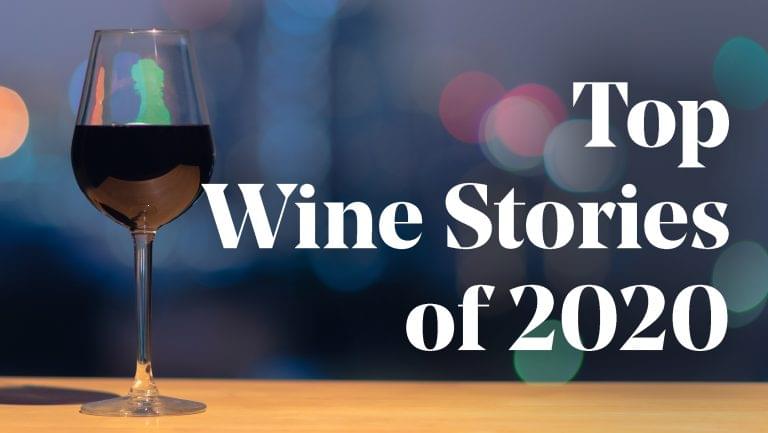Wine science articles—again!—dominate our top-performing list this year. Alex Russan’s report on how conscientious winemakers are able to craft clean, flaw-free natural wines as well as his investigation into the super-complex chemistry behind microbial terroir were reader favorites. Rémy Charest’s comprehensive look at malolactic fermentation was another. Our #1 wine feature this year was a spotlight on Timorasso, an increasingly talked-about grape from Piedmont, that just may be responsible for Italy’s most complex, ageworthy white wines.
5. So You Think You Know Malo?

Examining misconceptions and lesser-known facts about malolactic fermentation in wine
Malolactic fermentation is often explained by describing the buttery, creamy notes it contributes to many Chardonnays. A couple of decades ago, that profile was highly valued, and the hallmark of some very well-known California brands. However, as that style has fallen largely out of favor, many wine drinkers (and even professionals) have come to take a more negative view of malolactic fermentation as something that can make wine seem heavy or graceless.

Don’t miss the latest drinks industry news and insights. Sign up for our award-winning newsletters and get insider intel, resources, and trends delivered to your inbox every week.
Yet malolactic fermentation (often called malo or MLF) is a far more complex process that intervenes in very different—often positive—ways in both red and white wines. Also known as the second fermentation, malolactic fermentation usually begins a few weeks or months after alcoholic fermentation has finished and grape must has become wine. It can happen in varying degrees (or not at all) in the same wine, over different vintages, and it can be a welcome or unwelcome process, depending on what winemakers are trying to produce or when the lactic bacteria become active. [Read more]
4. Understanding Microbial Terroir in Wine

Ongoing studies suggest that vineyard-specific microorganisms affect wine character. But does that mean natural wine is more expressive of terroir?
Terroir has long been a hot topic in wine, but now the lens is zooming in even further. Microbial terroir—or the effects of bacteria, yeast, and other microorganisms in a vineyard—has become central to the conversation about overall terroir, particularly to the debate over natural wine and how we define it. The idea behind microbial terroir is that the microorganisms of a vineyard are unique and affect wine character in distinct ways, making them essential components of the expression of a site. [Read more]
3. How Winemakers Craft Clean Natural Wines

Why are some natural wines marked by volatile acidity, Brett, and mousiness, while others aren’t? Alex Russan investigates
The natural wine category is often associated with characteristics that are considered defects. Yet many natural wines are as clean and stable as conventionally produced wine.
Conventional winemakers can use a range of additives, including yeast nutrients, selected yeasts, acidity, microbial inhibitors, and sterilizers, to protect their wines. They can also filter their wines to remove unwanted microbes. Natural winemakers, however, must rely solely on their understanding of winemaking and grapes—and perhaps a small amount of sulfur dioxide (SO2). [Read more]
2. The Evolution of Premium Canned Wine

How a growing number of boutique, sustainably-minded wine producers are carving an upscale niche in the canned category
Canned wine isn’t just found on grocery store shelves and at outdoor festivals these days. Fine wine producers are taking the category seriously today, and an increasing amount of high-end juice is making its way into cans, creating a luxury niche in the fast-growing format. [Read more]
1. Could Timorasso Be Italy’s Most Exciting, Age-Worthy White Wine?

A once-obscure Piemontese grape is on the rise, and it’s being embraced by Italian producers and American sommeliers
While Piedmont boasts an enormous range of unique grapes, much of the world’s attention has been centered on its red varieties, including Nebbiolo and Barbera. Despite regional winemakers’ efforts to diversify their red-heavy portfolios with the likes of Arneis, Nascetta, or even Chardonnay and Riesling, broad acclaim for Piedmontese white wines has been relatively scant. But now it appears that consensus is forming around the future of Piemontese white wine, and that future is Timorasso. [Read more]

Dispatch
Sign up for our award-winning newsletter
Don’t miss the latest drinks industry news and insights—delivered to your inbox every week.






